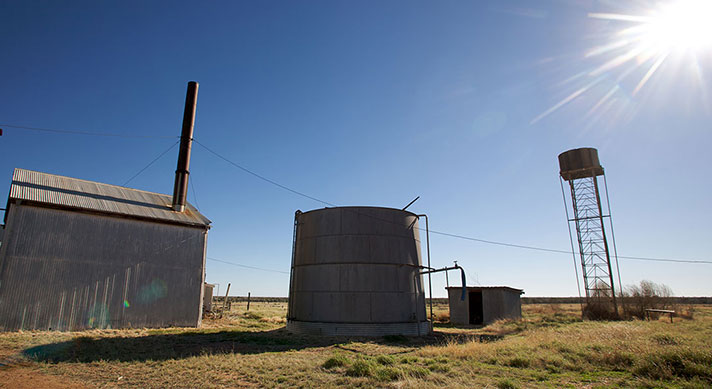5 ways to avoid lead exposure
21 June 2022
-Min Read
Quick facts
- Lead can cause significant animal health issues and sometimes livestock death.
- Lead is a heavy metal and stays in the animal for some time; posing food safety, human health and market access risks.
- Affected animals are given a lead status which is recorded on the NLIS database against their NLIS (Cattle) tag - which restricts the movement and sale of the animal.
- Property Risk Assessments can help protect your livestock from accessing potentially dangerous substances such as lead.
For more information on statuses please visit your relevant state department: State and territory contacts.
More information on property risk assessments can be found here: LPA property risk assessment factsheet and checklist.
